Home>Gardening & Outdoor>Landscaping Ideas>How Does Dew Form On Grass
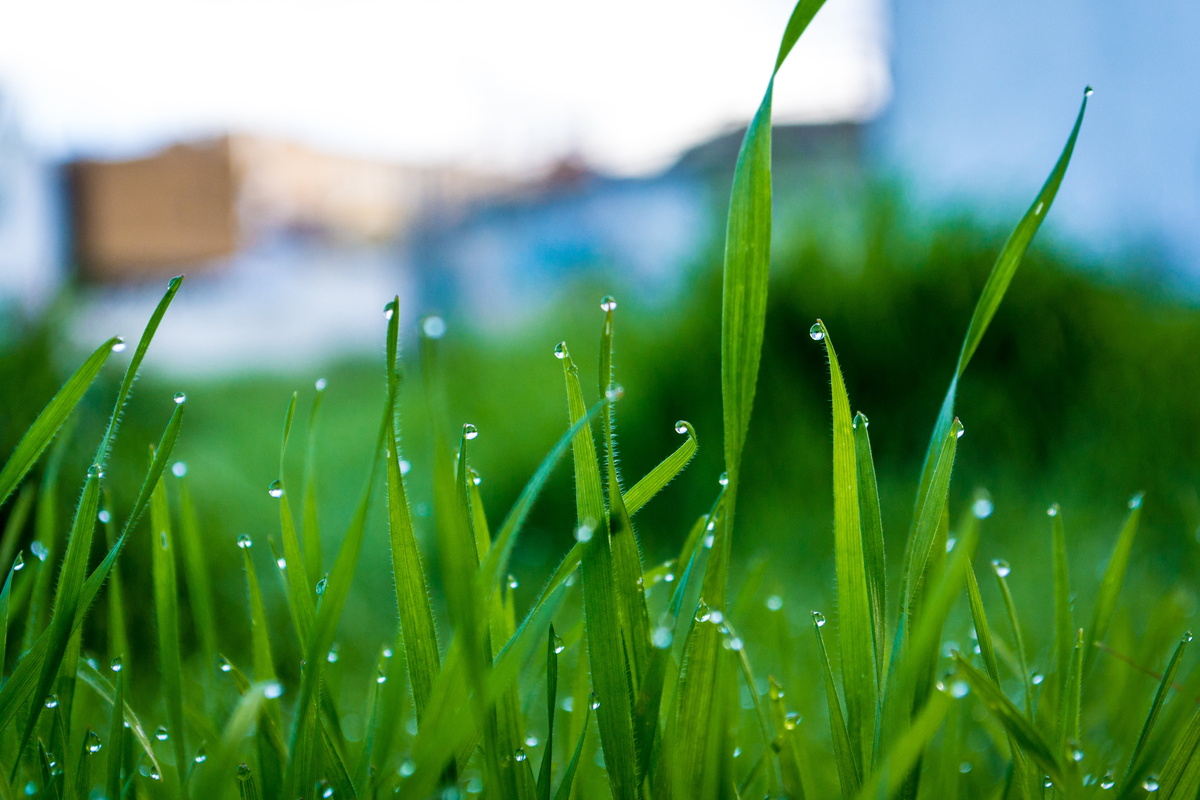

Landscaping Ideas
How Does Dew Form On Grass
Modified: February 18, 2024
Discover how dew forms on grass and get landscaping ideas to enhance your outdoor space. Explore effective techniques for creating a lush and vibrant lawn.
(Many of the links in this article redirect to a specific reviewed product. Your purchase of these products through affiliate links helps to generate commission for Storables.com, at no extra cost. Learn more)
**
Introduction
**
Dew is a natural phenomenon that graces the landscape with its delicate presence, especially in the early hours of the morning. The sight of dew-kissed grass can evoke a sense of tranquility and beauty, offering a refreshing start to the day. But have you ever wondered how dew forms on grass? Understanding the process of dew formation and its interaction with grass can deepen our appreciation for the natural world around us. In this article, we will explore the enchanting world of dew and unravel the role of grass in this captivating process. Let's embark on a journey to uncover the mysteries of dew and gain a newfound admiration for the intricate workings of nature.
Key Takeaways:
- Dew forms on grass when the Earth’s surface cools at night, causing water vapor in the air to condense and form tiny droplets. Factors like weather, humidity, and grass characteristics influence this enchanting process.
- Grass plays a vital role in dew formation, with its structure and thermal properties contributing to the accumulation of dew droplets. The interplay of grass texture and microclimate creates a captivating display of moisture on the landscape.
The Formation of Dew
**Dew forms through a captivating process that begins with the cooling of the Earth’s surface during the night. As the evening transitions into the early hours of dawn, the ground loses heat through radiation, causing its temperature to drop. When the temperature of the surface reaches the dew point – the point at which the air becomes saturated and can no longer hold its water vapor – condensation occurs. This phenomenon leads to the formation of tiny water droplets on surfaces, including grass blades, leaves, and other objects in the landscape.
The formation of dew is particularly prominent under clear, calm, and humid conditions. During such nights, the absence of cloud cover allows for efficient radiative cooling, contributing to the drop in surface temperature. Additionally, calm winds prevent the mixing of air layers, enabling the formation of localized areas of saturation where dew can form. The humidity in the air plays a crucial role in dew formation, as higher humidity levels increase the likelihood of reaching the dew point, leading to more pronounced dew formation.
As the sun rises and the Earth’s surface begins to warm, the delicate dew droplets gradually evaporate, returning moisture to the atmosphere. This enchanting process of dew formation and dissipation is a testament to the dynamic interplay between temperature, humidity, and atmospheric conditions, shaping the intricate patterns of moisture on the landscape.
Factors Affecting Dew Formation
**Several factors influence the formation of dew, contributing to the varied and mesmerizing displays of moisture on grass and other surfaces. Understanding these factors sheds light on the intricate mechanisms that govern dew formation and enriches our perception of the natural world.
One of the primary factors influencing dew formation is the prevailing weather conditions. Clear, cloudless nights provide an ideal environment for the development of dew, as they facilitate efficient radiative cooling of the Earth’s surface. In contrast, nights characterized by cloud cover impede radiative cooling, reducing the likelihood of reaching the dew point and limiting dew formation.
Humidity levels also play a pivotal role in dew formation. Higher humidity levels increase the moisture content in the air, elevating the likelihood of reaching the dew point and fostering more substantial dew formation. Conversely, lower humidity levels diminish the potential for dew formation, resulting in drier landscapes in the early hours of the morning.
Wind conditions exert a significant influence on dew formation. Calm, still nights allow for the accumulation of dew, as stagnant air promotes the localized saturation of the atmosphere, leading to the formation of dew-laden surfaces. In contrast, windy conditions disrupt the formation of dew by preventing the buildup of localized saturation and facilitating the evaporation of moisture from surfaces.
The nature of the surface also affects dew formation. Surfaces with high thermal conductivity, such as grass and vegetation, readily lose heat through radiation, reaching the dew point more efficiently and promoting the formation of dew. Additionally, the texture and composition of the surface can influence the retention and distribution of dew, contributing to the diverse patterns of moisture observed in natural landscapes.
By considering these factors, we gain a deeper appreciation for the intricate interplay of weather conditions, humidity levels, wind dynamics, and surface characteristics in shaping the enchanting tapestry of dew formation. The convergence of these factors orchestrates the breathtaking spectacle of dew-kissed grass, inviting us to marvel at the artistry of nature’s handiwork.
Dew forms on grass when the temperature drops and the grass cools down. The moisture in the air condenses on the cool grass, creating dew.
The Role of Grass in Dew Formation
**Grass plays a fascinating and integral role in the formation and interaction of dew, contributing to the captivating display of moisture that embellishes the landscape in the early hours of the morning. The unique characteristics of grass influence the dynamics of dew formation, shaping the patterns and distribution of dew on its verdant blades.
The structure and composition of grass render it particularly conducive to dew formation. Grass blades possess a large surface area relative to their volume, providing ample space for the accumulation of dew droplets. This expansive surface area allows for the efficient condensation of water vapor, fostering the formation of delicate dew droplets that adorn the grass in shimmering splendor.
Furthermore, the thermal properties of grass contribute to its role in dew formation. Grass exhibits significant heat loss through radiation during the night, causing its surface temperature to approach the dew point more rapidly than other objects in the landscape. As a result, dew forms more readily on grass, creating a visually enchanting spectacle that accentuates the natural beauty of the surroundings.
The texture of grass also influences the retention and distribution of dew. The intricate microstructures and surface irregularities of grass blades provide numerous sites for dew droplets to gather, creating a glistening mosaic of moisture that embellishes the grass in intricate patterns. This interplay of texture and moisture yields a captivating tapestry of dew-kissed grass, inviting admiration and contemplation.
Moreover, the presence of grass contributes to the localized microclimate, fostering conditions that are conducive to dew formation. The grass canopy creates a sheltered environment that reduces air movement and promotes the accumulation of moisture, leading to more pronounced dew formation on and around the grassy expanse.
Ultimately, the role of grass in dew formation extends beyond its physical attributes, encompassing its contribution to the aesthetic allure of natural landscapes. The interplay of structure, thermal properties, texture, and microclimate elevates grass to a prominent position in the enchanting choreography of dew formation, enriching our sensory experience and deepening our connection to the natural world.
Conclusion
**The formation of dew on grass is a captivating manifestation of the intricate interplay between atmospheric conditions, surface characteristics, and natural processes. From the enchanting process of dew formation to the essential role of grass in shaping the captivating display of moisture, the world of dew invites us to marvel at the artistry of nature’s handiwork and deepen our connection to the natural world.
As we witness the delicate dew droplets adorning the grass in the early hours of the morning, we are reminded of the harmonious dance between temperature, humidity, and surface properties that orchestrates this mesmerizing spectacle. The convergence of factors such as weather conditions, humidity levels, wind dynamics, and the unique attributes of grass contributes to the diverse and enchanting patterns of dew formation, infusing the landscape with a sense of wonder and tranquility.
Embracing the beauty of dew-kissed grass allows us to cultivate a deeper appreciation for the subtle marvels of the natural world. The ephemeral nature of dew serves as a poignant reminder of the transient yet profound moments that grace our surroundings, inviting us to pause, contemplate, and immerse ourselves in the captivating tapestry of dew formation.
May the allure of dew-kissed grass continue to inspire awe and reverence for the intricate workings of nature, fostering a sense of wonder and gratitude for the enchanting phenomena that adorn our world.
Frequently Asked Questions about How Does Dew Form On Grass
Was this page helpful?
At Storables.com, we guarantee accurate and reliable information. Our content, validated by Expert Board Contributors, is crafted following stringent Editorial Policies. We're committed to providing you with well-researched, expert-backed insights for all your informational needs.
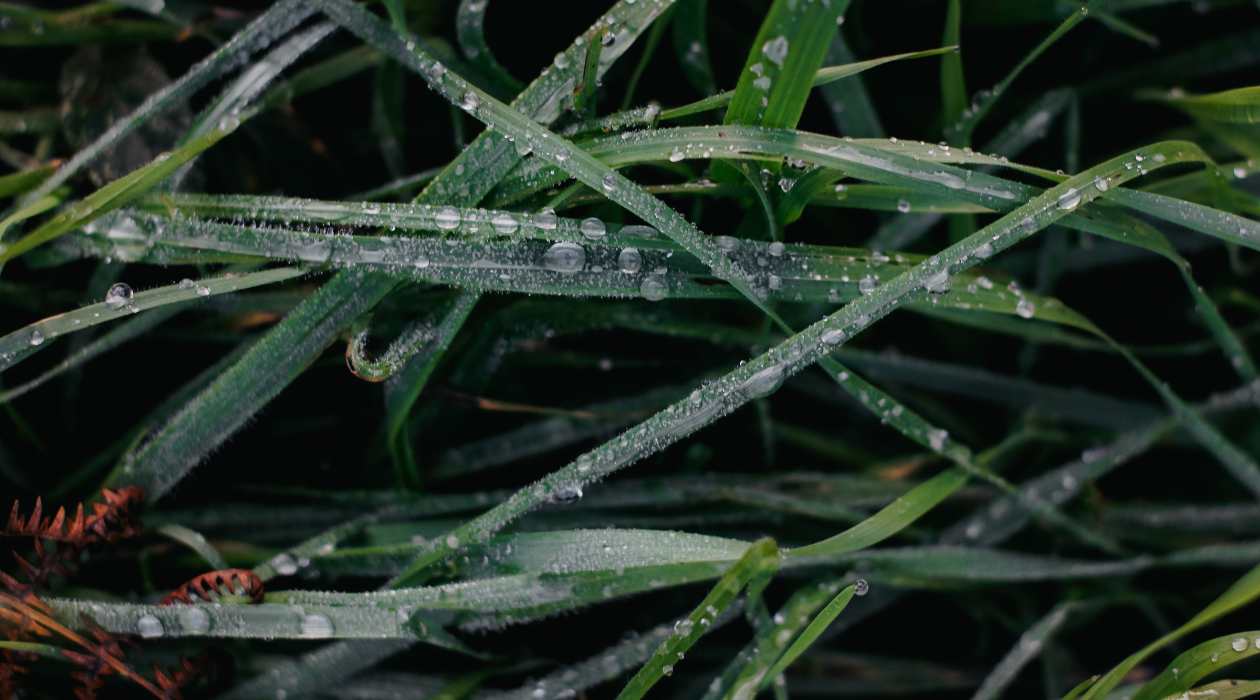
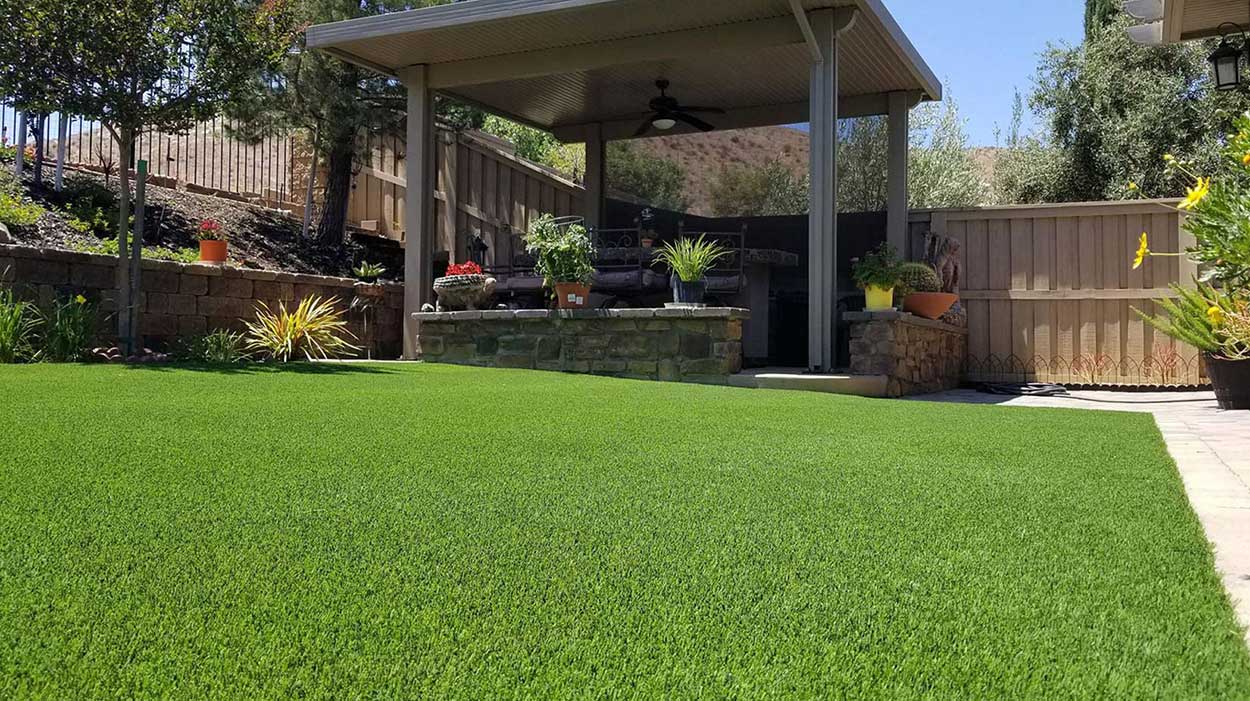

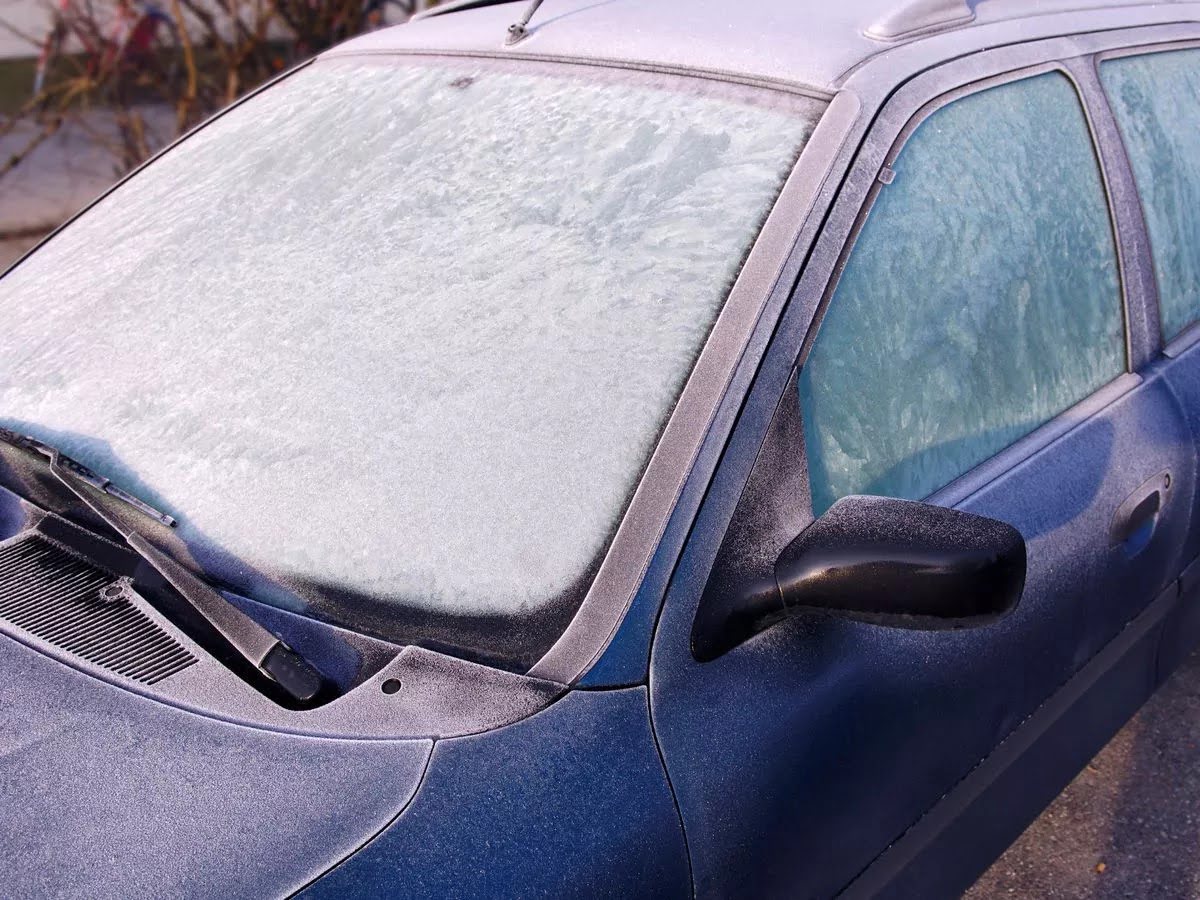

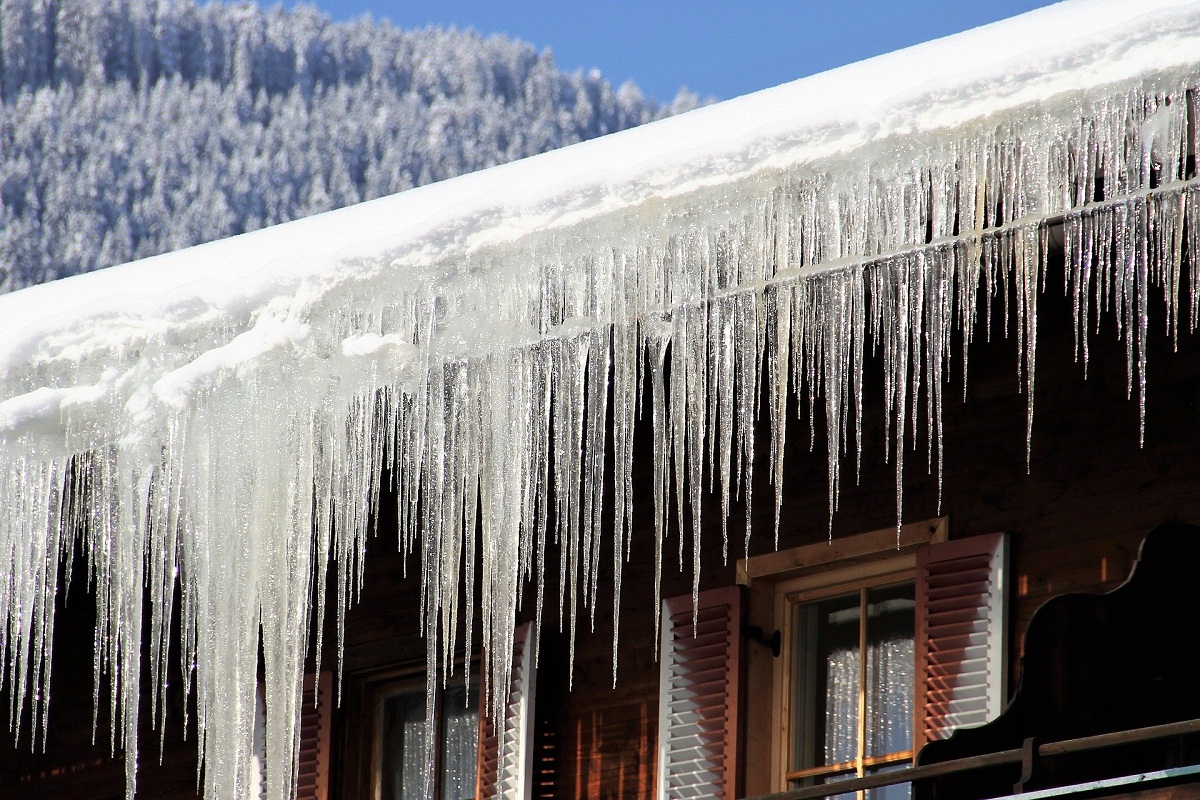


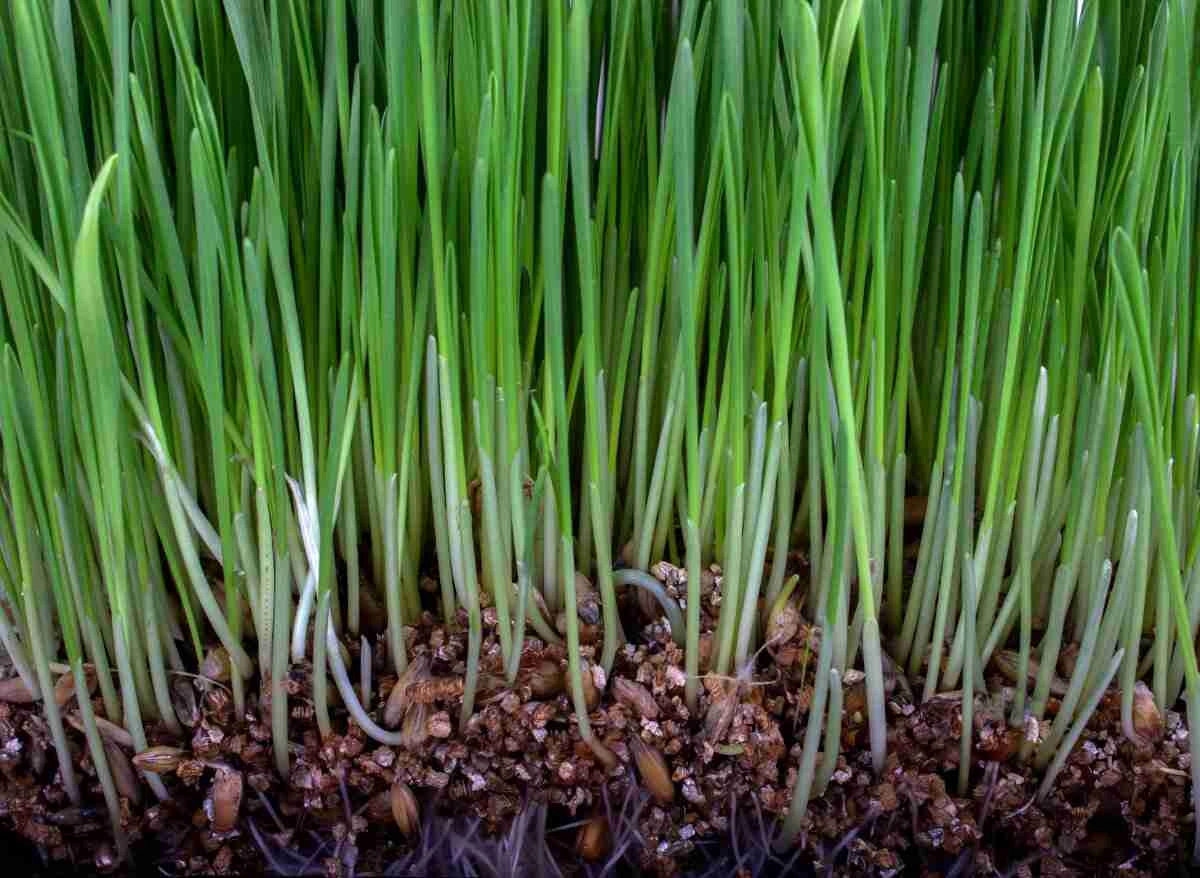
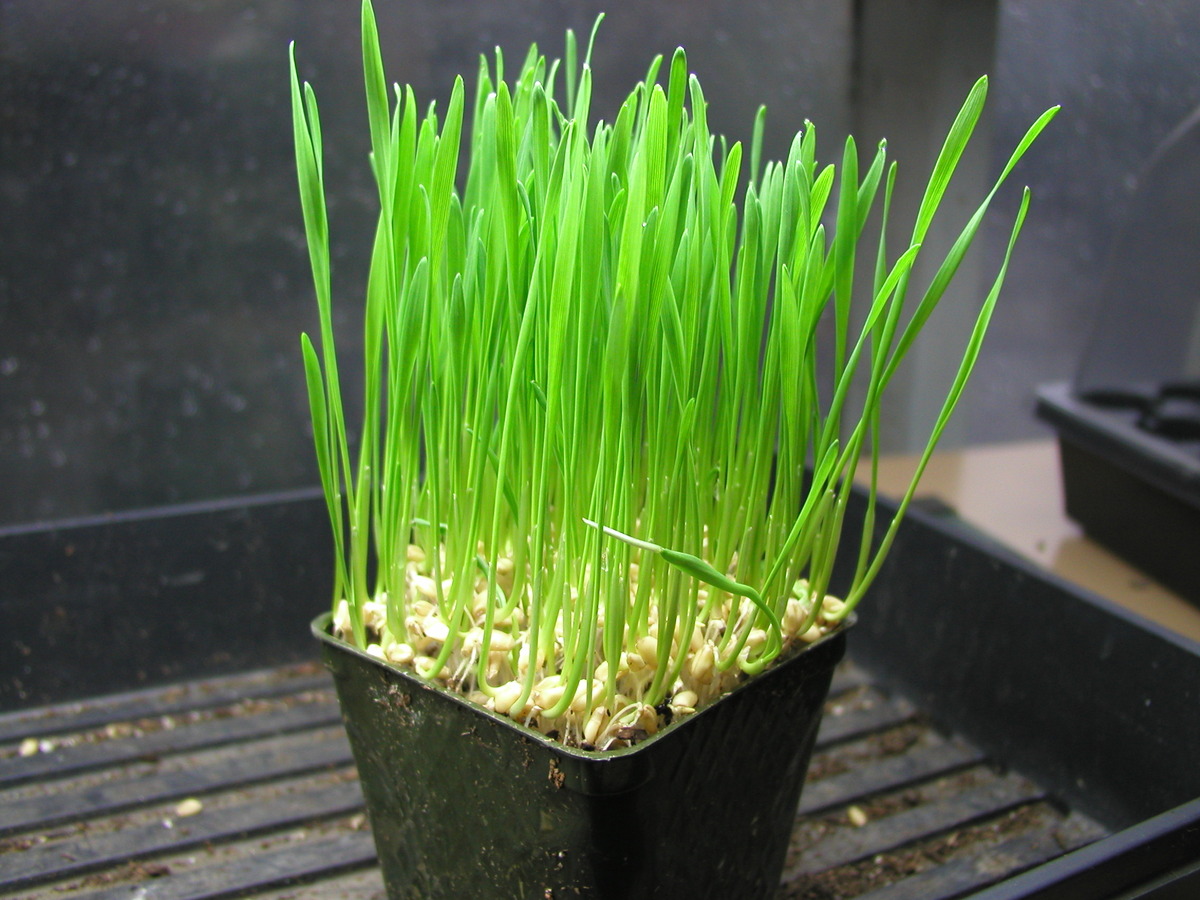

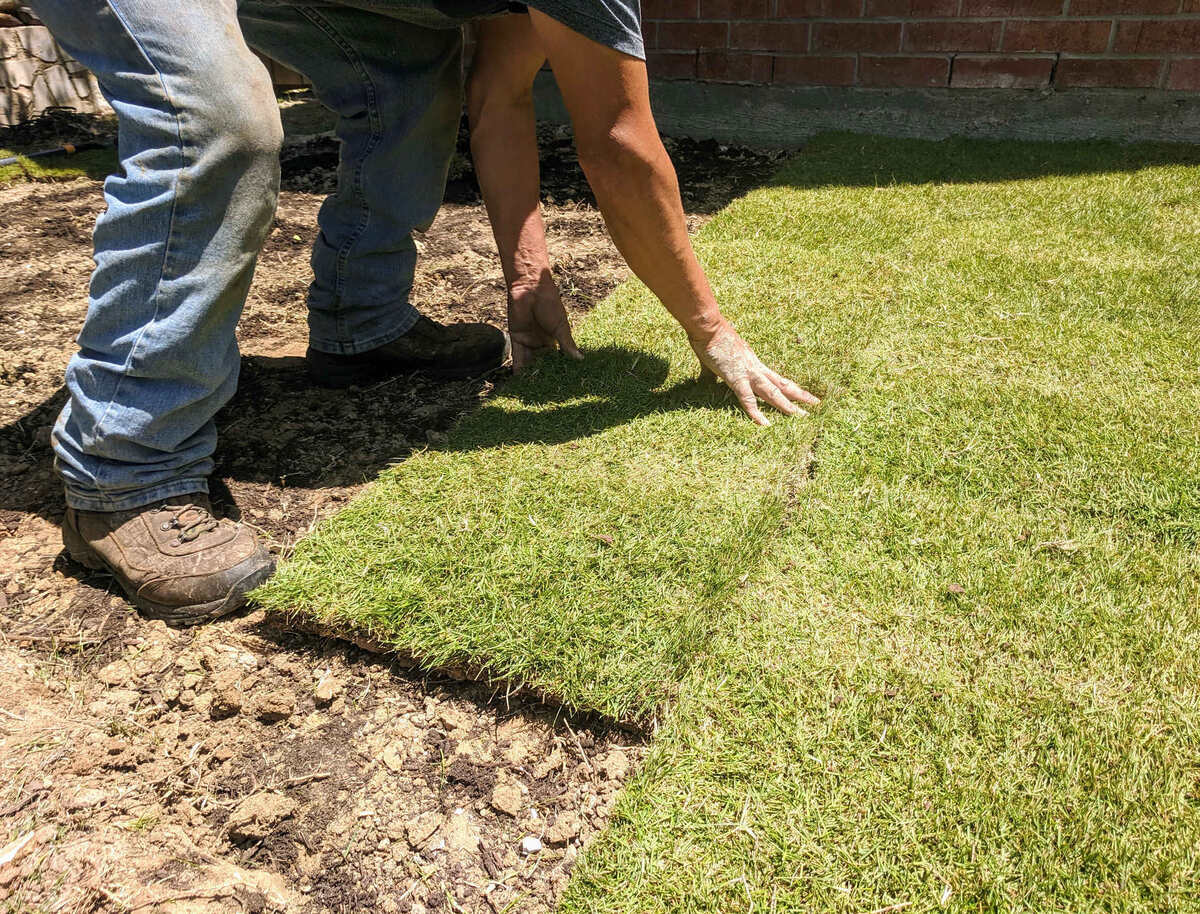
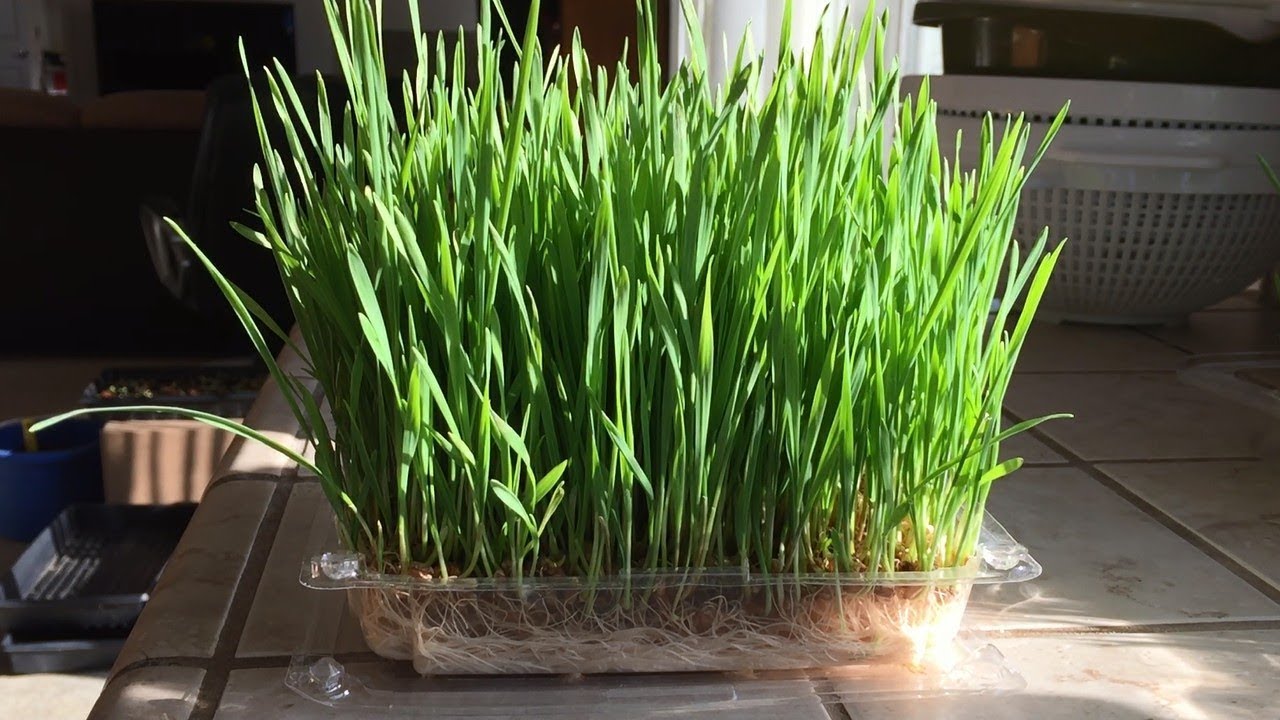



0 thoughts on “How Does Dew Form On Grass”